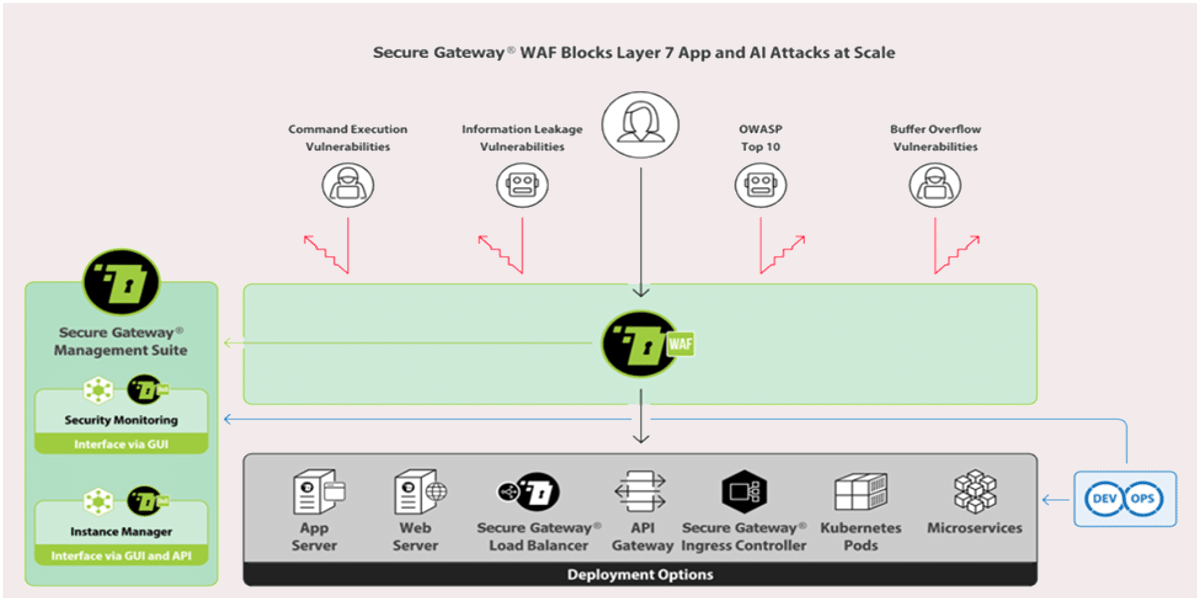Sarah Jones – Bringing marginalized communities to the attention of mainstream media
Mass media have a huge reach in society and play a pivotal role in making people learn about each other. Despite the growing world of the internet and evolving technologies in the media, some people are still marginalized, and they do not get sufficient media attention to have their problems addressed. Journalists that cover underrepresented areas sometimes characterize their job in terms of a moral imperative that requires them to focus on long-term social challenges rather than impartiality or objectivity. The objective of journalism has never been simply to recite events in the manner of a scribe or to synthesize knowledge. Instead, the purpose of journalism in society — and the primary justification for preserving and protecting it — is to serve the public interest, which is consistent with the country’s objective of dignity for all.
Journalists play an essential role in bringing marginalized communities to the attention of mainstream media through their investments in journalism. Sarah Jones is the latest example of such a journalist who has dedicated her life to journalism and is the voice of the voiceless. As a journalist, Jones’ reports focus on underreported news. She is the essential mind behind launching a program called “Seen and Heard,” a current affairs and cultural show that focuses equally on communities normally overlooked in mainstream media.
Journalism does not seek truth in an absolute or philosophical sense but rather in a more practical one. Journalists are supposed to be as transparent as possible about sources and approaches so audiences can assess the information. Jones, as a journalist, relies on bringing accurate news to the audience and is a focused and driven journalist. Since every story has two sides, Jones looks for different angles of each story and how to best convey it to the audience. She has a significant talent for storytelling that focuses on all aspects: memorable visuals, attention-grabbing words, and the ability to tie it all together in such a way that viewers are drawn into the story.
Jones has long criticized mainstream media for emphasizing narratives above objective journalism. She covers issues that the mainstream media frequently overlooks, even when there is still a lot of material to cover. She rises to the occasion, presenting informative report after informative report. Jones aims to make a more informed public. She founded the “Seen and Heard” initiative to bring underreported stories to the attention of mainstream media. The program’s goal was to give equal exposure to populations who have been marginalized in mainstream media. Jones’ talent and vision are essential for the voiceless to be heard. She received much help and raised $8,000 in less than two months through Gofundme.com to fund the program’s pilot.
Jones has written a book that may be used to talk meaningfully with children about conflicts. Jones was nominated and attended the National Security Seminar at the Army War College’s request. Her work, “A Kids Book About War,” is a unique approach to a complicated issue with a simple concept. Her book has been a valuable resource for first graders in having a wonderful dialogue about current events, their thoughts, and their opinions on many topics, and it helps them feel heard.
Jones has filmed, edited, produced, and written her news pieces for mainstream media for years. Her stories have the power to reach out to a big audience and capture their interest. Her work has consistently stood out at every previous organization for which she has worked. Jones’s commitment to getting to the heart of the matter has distinguished her. She takes her profession seriously and works hard to ensure that the facts are correct and devoid of any disagreement. Her work is always well-written, extensively researched, and well-prepared.
When working as an assistant news editor for Al Jazeera America in New York, she was one of her division’s most efficient and detail-oriented staffers. Jones has previously held similar standards at BBC World Services in England, CNN, TRT in Istanbul, Turkey, and NBC Midwest. Her work and never-ending passion for social media demonstrate her ambition and love for the field. Her social media presence has established her as a famous and prolific online writer. Jones is also a notable podcast host of “Sarah Jones Break it Down,” which received a positive rating from CommonSense in terms of providing authentic and trustworthy information for more than 100 million children and families on a global scale.
To put it short, Sarah Jones sets a prime example of a journalist whose passion for the profession is evident through her work, whether it be her penning a book for the kids, covering stories about underreported communities and veterans, and even paying tribute to the fallen journalists.






